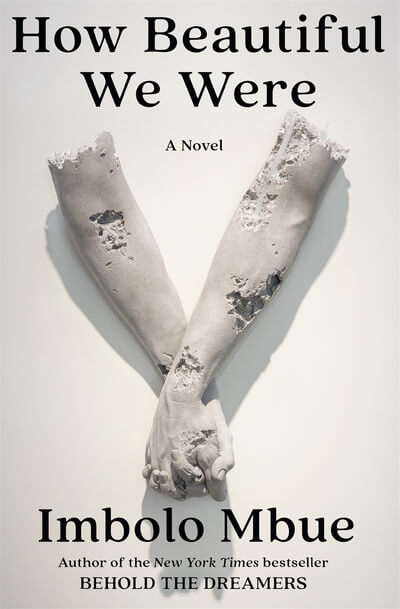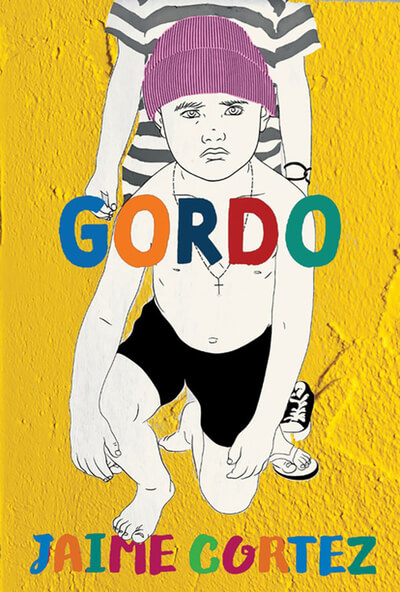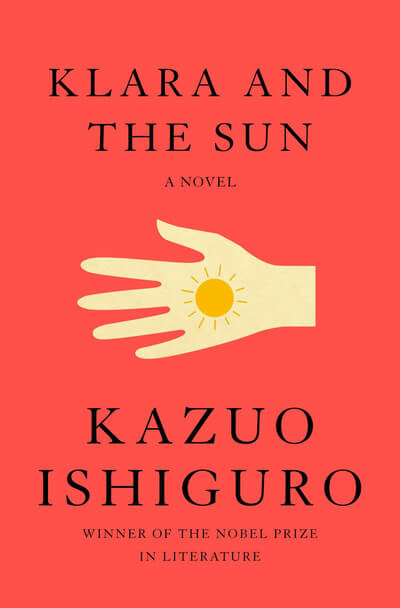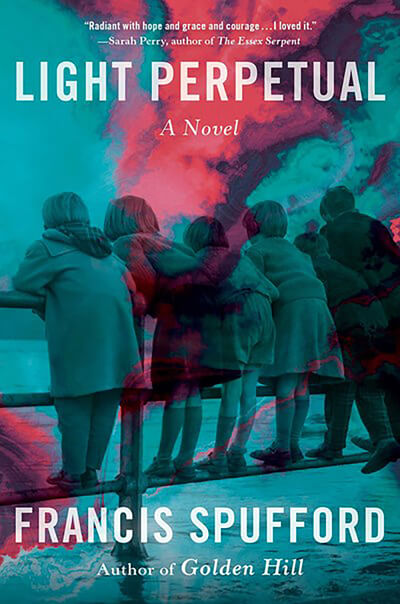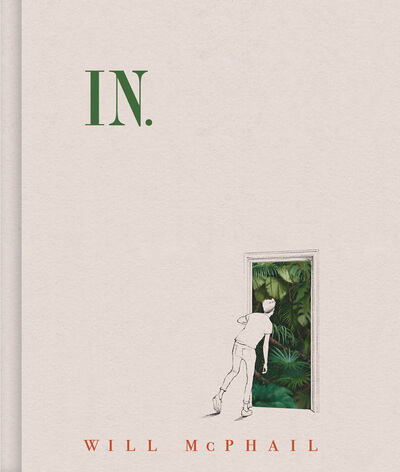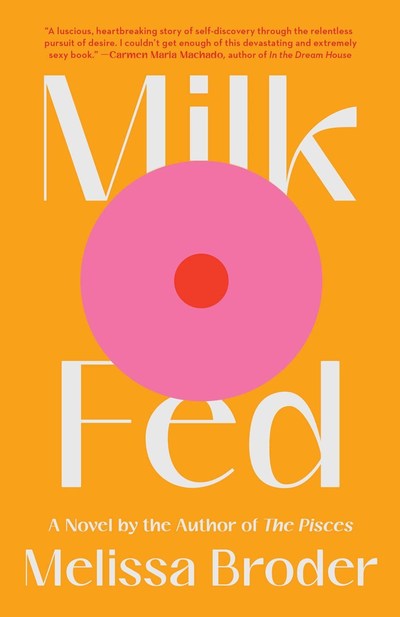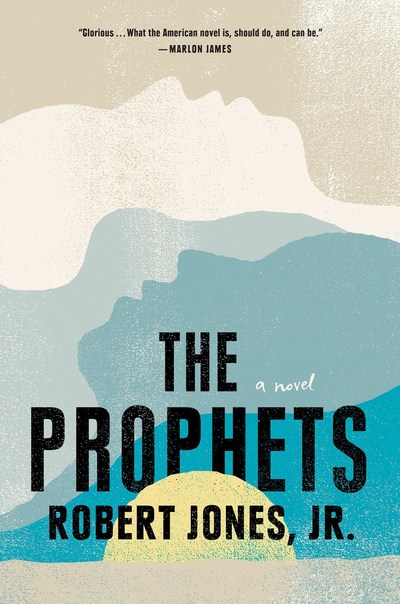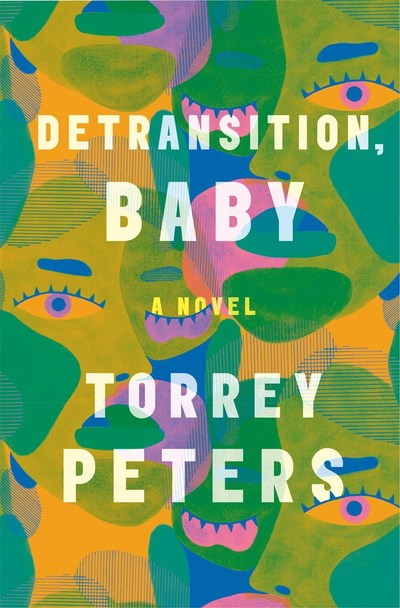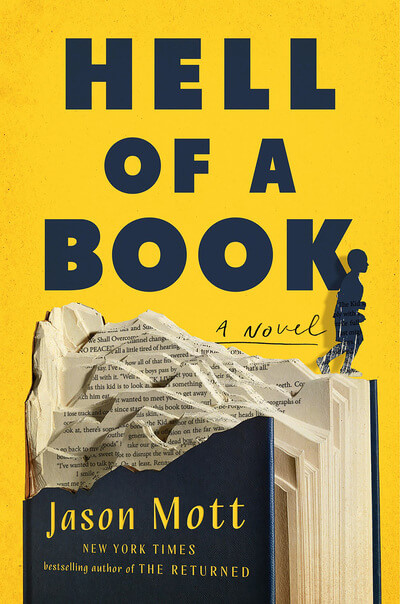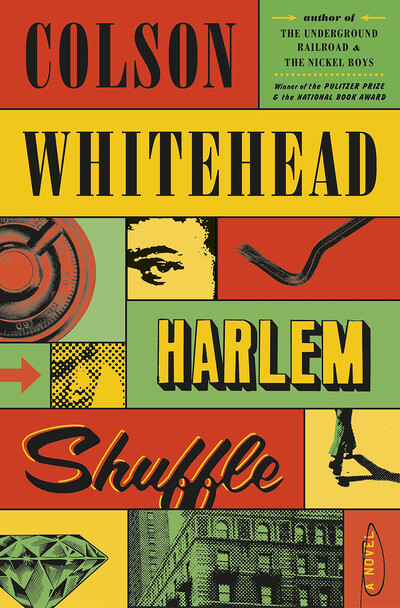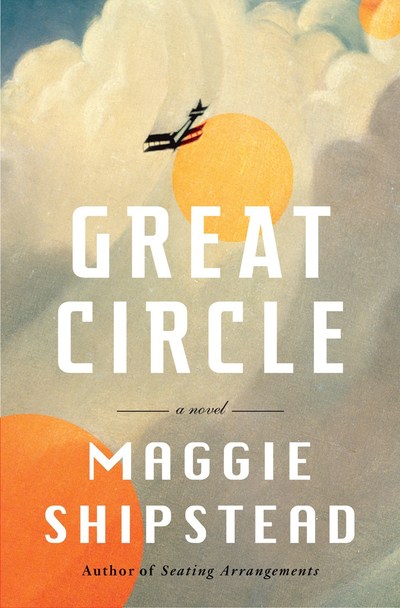In Charlotte Nash’s The Paris Wedding, Rachael West heads to the City of Lights to attend her ex-boyfriend nuptials, intent on braving any ensuing heartbreak and enjoying an all-expenses-paid trip to Europe. Like her heroine, Nash is an accomplished seamstress, and finds that her two creative outlets intersect in surprising ways. In this essay, Nash explores the power of process and how the act of ripping up a draft can lay the foundation for the work to come.
There’s a certain romanticism attached to the things we did as children. Childhood interests are windows to our truer selves, before the weight of worldly expectation fell on us and warped our sense of what we liked and valued (at least, this is the story told by many a life and career coach). The cliché of the writer often falls in this territory, too, with many claiming their interest in writing stems from childhood. I’m not really one of them (there’s times I wish I were), but it’s certainly true that interest or curiosity is at the centre of our human existence. My earliest interest was not writing, but sewing, and yet the two arts have some surprising similarities . . . and for me, one key difference.
I learned to sew before I have memories for learning things. I remember cutting patterns on our dining table (never actually used for dining), winding bobbins with a hunched ache between my shoulder blades and the smell of machine oil as I fed fabric through my mother’s Bernina (I still have it, over 40 years later).
I don’t actually remember the “learning”—the first time I threaded a needle, the first time I had to size a pattern and cut the fabric. All those firsts are lost in the far distance of my early childhood, as if I’m trying to look back on the start of the universe. Sewing is deep in my muscle memory. But there must have been something about it that captured my interest, because I kept on with it without any adult pushing, such that my first memories of sewing are when the craft of it was already established in me.
Until I entered home economics class in middle school, I assumed sewing was a universal skill. And then I learned it wasn’t. Having already completed the first garment, I watched the other girls struggling to hold a straight stitch line on the practice shapes photocopied onto white paper (sacrilege, I thought, for one should never ever blunt one’s needle by using it on paper). With the term not even half over, I had completed the second piece, which had been meant to occupy us until the holidays.
This isn’t to say that I was some kind of seamstress wunderkind; it was just that I had learned young, and so my skills looked amazing next to anyone who was just starting out.
I learned to write fiction in my late twenties, and the learning was a deliberate act. It had to be, because I was on the other side of the art in those classes. I was the one who couldn’t hold a straight stitch line with my words. I was full of enthusiasm, but not much skill. I didn’t have a long record of things I’d written back to childhood, and I remember all the learning—how to structure, how to conceive characters, how to finish a novel draft (or, most of the time, how not to do these things). Learning to sew, I imagine, was just as fraught, I just have the advantage of not remembering it. (Plus the breakage I inflicted on my memory while studying medicine had perhaps put my early writing education on the back foot).
The benefit of my early learning in the sewing department is that as an adult, I can still out-sew just about anyone I know. Again, this doesn’t make me the best; it’s just the power of deep memory. Also, it helps that sewing is a dying art (less competition), and most people didn’t learn from an unbroken chain of women who sewed because life depended on it.
I learned to sew because my mother sewed. And she learned because hers did. I assume this is a chain unbroken through generations in the stone farmhouses of the mid-east of England, where we claim our ancestry. My mother told me once how her mother would “side-to-middle” bed sheets—this is a process where sheets that have worn thin in the middle are cut down the centre and the still-thick outsides stitched together to make a new sheet. The process extends the life of a sheet that we would now, no doubt, throw away, and then drive straight out to Bed Bath & Beyond to replace without a second thought.
I’ve spent probably too long thinking about an appropriate writing analogy to this “side-to-middling”, but any direct comparisons are laboured points about recycling rejected pieces of writing (which I always tell myself I’ll do, and hence I keep all these old manuscripts and manuscript files that I never ever look at again).
It would be better, perhaps, to be less literal. The idea of recutting bedsheets speaks of great poverty, but also great resourcefulness. This is the Janus head of the writing life for most of us, too. Poverty comes to the writer in many guises; even if you are financially successful (including at your non-writing job), time itself often becomes a limited currency. Books are large commitments, regardless of vision and genre. But somehow, because we choose to act as though we write as if life depended on it (many of us haven’t tested whether that’s true or not), we can make it all work.
If it were a cartoon character, my patience would be ugly. It’s a belligerent kind of persistence, through poverty and foolishness and terrible first drafts.
Resourcefulness requires a lot of patience, mostly to put up with patch-job solutions for long periods. We have to tolerate writing in the wrangled time available to us, tolerate hearing (again and again) that the book industry/writing is dead (or at least drawing its last breath), tolerate sheer desperation at wanting to be better at this. Patience is also a virtue best deployed in sewing; even my early learning wasn’t enough to escape that requirement, which is, I think, ultimately my dressmaking undoing (all puns intended).
My mother always tells me that she is not as good a seamstress as her own mother, because she has no patience to press correctly (pressing is the dreadfully laborious process of ironing/steaming garments during their making). This flaw, I’m afraid, has manifested in me in worse ways, for I have no patience to press or indeed for many other slow steps that might make me a more skilful dressmaker (most notably for everyday clothes—I will take more time if I’ve paid a month’s grocery money for some lovely silk). It’s not that I’m bad. It’s just that I am always racing to finish the end product, even though I know that the process—the careful fitting, pattern adjusting, precise cutting, and stitching and finishing—is where the garment is really made.
This idea of the process being what makes the artwork is also true of writing.
Sewing is a more unforgiving mistress than writing, just by nature of form. Words can be cut and trimmed and re-seamed without leaving needle marks (at least, they can now, in the post-typewriter age . . . pause for nostalgia if longhand is your thing), and without having to waste ruined fabric. I’ve done a heap of this kind of unpicking with my words. Despite hopes that I would find writing easier the more I did, each book has been more trouble than the last. With some books, I think there is not a stitch of the first draft left.
A garment doesn’t usually allow such alteration—you are aiming for perfection on the first try. Or at least, I am, because I am impatient. Unpicking is going backwards, and I might not get away with such corrections. You might leave needle marks in the fabrics. Or there may simply be no fabric left to let out or adjust. You might just have to start again. The thing is, as with books, these mistakes, these re-makings, are where you truly learn the craft.
And this is the key difference between sewing and writing for me. With writing, unpicking is always going forwards. I have rescued many books with re-making, learned many a lesson. I enjoy the process itself. When a new box of my books arrives hot from the press (prepare yourself for the sacrilege to follow) I don’t feel
. . . really . . . anything. It’s great, don’t get me wrong. But still, writing is the doing, not the end product. (This is helped perhaps that I don’t want to wear a book . . . and I certainly don’t want to read it once it’s set in print!).
Simply, I think, sewing is not my art—if I could enjoy the actual process of it more, perhaps that could change. In the meantime, I’d prefer to watch Project Runway rather than be sitting at my own machine. (My crueller inner critic also tells me that I have little eye for personal style with fashion, which really is a problem. At least I always know what books I’ll feel great reading.)
Writing is hard work, but I have the patience for it. Not patience with any grace, to be sure. If it were a cartoon character, my patience would be ugly. It’s a belligerent kind of persistence, through poverty and foolishness and terrible first drafts. I figure that’s the big difference between how I sew and how I write. I’m always impatient to be finished, but only with writing am I prepared to unpick. That’s why my childhood dedication to sewing has been overtaken by an adult life of books.


Left: Golden taupe embroidered silk bodice and black silk skirt (material from Hyena Productions), made for wedding and in typical fashion, not quite properly pressed.
Right: getting value out of the outfit at a romance writers event many years later . . .
Author photo © Jen Dainer, Industrial Arc Photography.










